My wife is an ER doc, so I hear about this sort of stuff all the time. Hospitals are going all-digital, and the exchange of data from doctor to doctor, from hospital to hospital, from patient to doctor, and doctor to patient is only going to get easier.
This expedited exchange of information will bring advantages such as fewer prescription errors, easier hospital transfers, and through sensors and mobile devices, professional health practitioners will be able to provide better care to those with chronic health conditions. This illustration from Chris Luongo explains a bit more.
Naturally, with all these benefits come plenty of challenges. Data privacy is huge here. Can you imagine if your medical charts ended up in some random hacker’s hands and then sold to the highest bidder? At least we might get more useful spam. I want big discounts on mis-spelled drugs that I actually need.
Seriously though. Data is blowing up, and there’s going to be monster demand for data scientists in the next ten years. See that wagon? Better jump on it while there’s still room.
[via Smarter Planet]



 Martin Wattenberg, who with his associate Fernanda Viégas, was just
Martin Wattenberg, who with his associate Fernanda Viégas, was just 





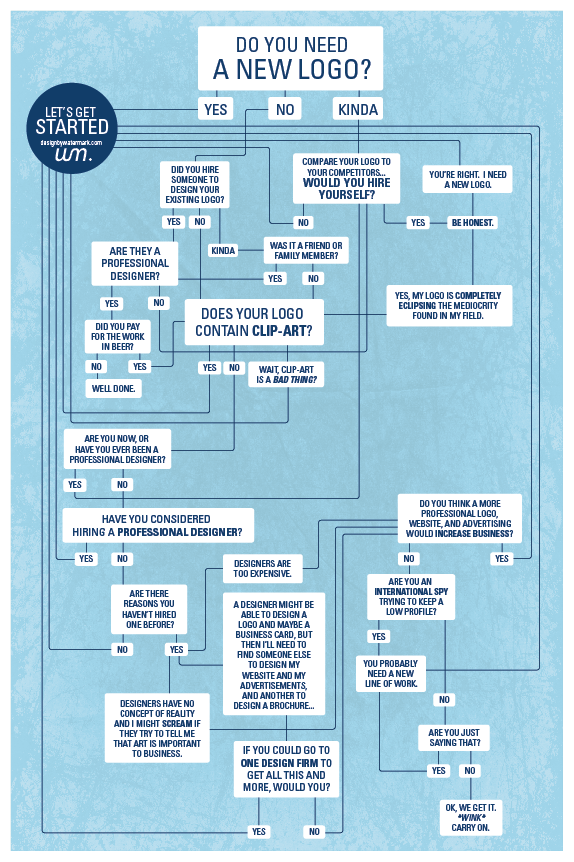
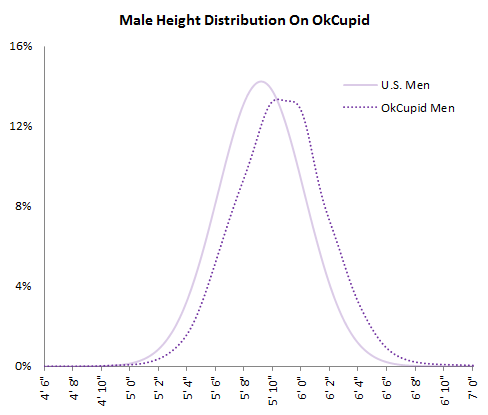



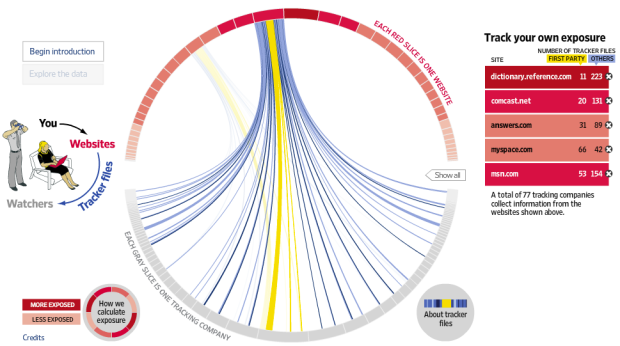
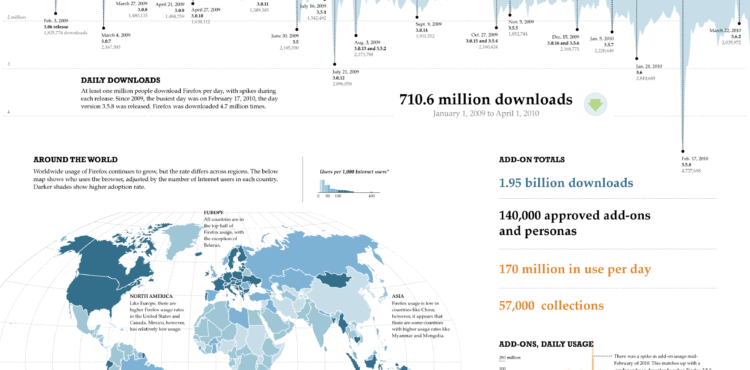

 About a year after the launch of the
About a year after the launch of the 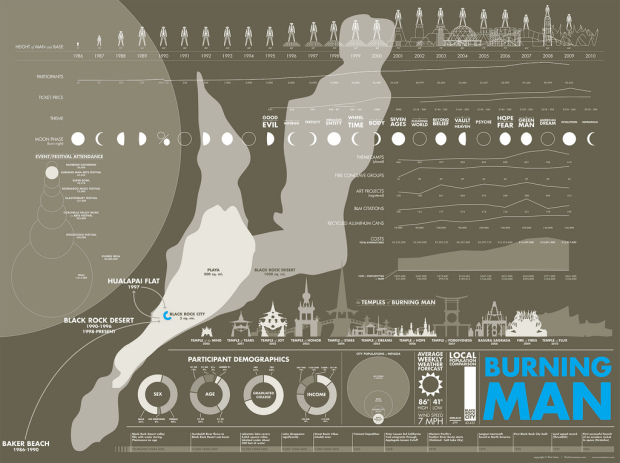










 Visualize This: The FlowingData Guide to Design, Visualization, and Statistics
Visualize This: The FlowingData Guide to Design, Visualization, and Statistics
